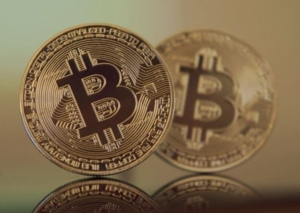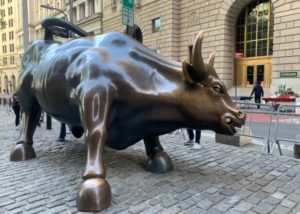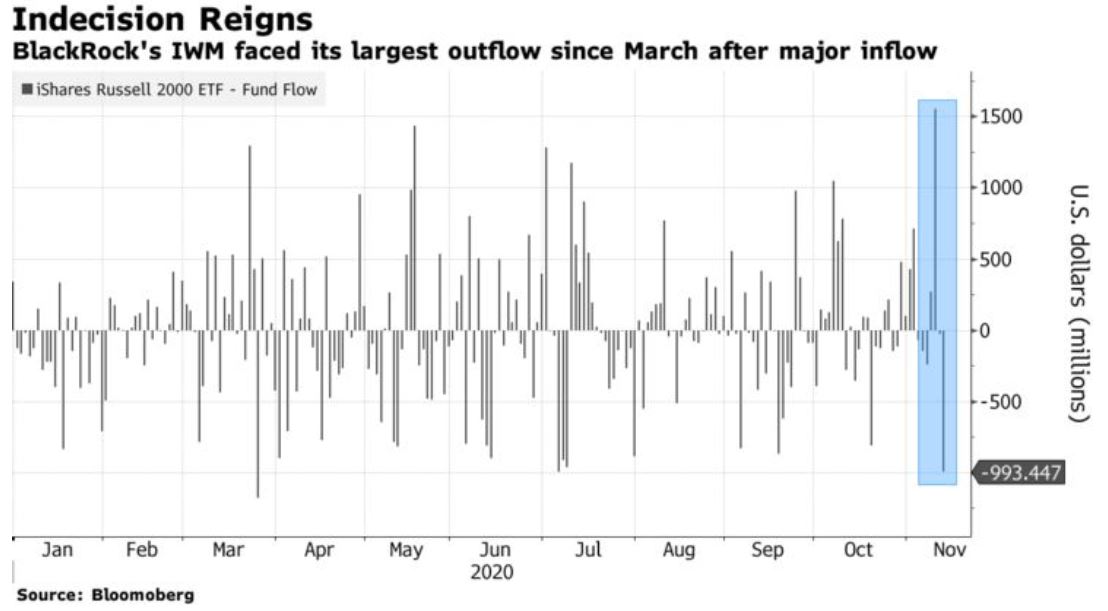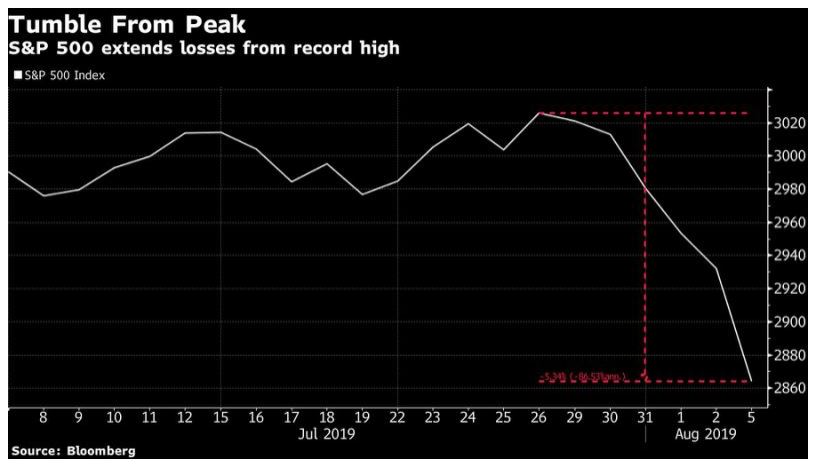What’s in Today’s Report:
- What the GameStop Drama Means for Markets
- FOMC Preview
Stock futures are modestly lower this morning as yesterday’s volatile start to the week is digested while investors look ahead to the Fed meeting and a busy earnings week.
Volatility remained elevated overnight as the PBOC unexpectedly withdrew liquidity from the Chinese financial system while the U.K. unemployment rate hit a 5 year high.
Looking into today’s session, there are two measures of the health of the real estate market due out before the market opens: Case-Shiller Home Price Index (E: 0.8%) and FHFA House Price Index (E: 0.8%), and then Consumer Confidence (E: 88.5) will print shortly after the opening bell.
On the earnings front, the Q4 reporting season picks up today with several notable companies reporting quarterly results pre-market including: JNJ ($1.81), MMM ($2.19), GE ($0.08), VZ ($1.16), and AXP ($1.26), while MSFT ($1.64), AMD ($0.47), and COF ($2.85) will report after the close.
With the FOMC meeting beginning today and more mega-cap tech earnings due later in the week, it is likely we see some sense of “Fed paralysis” in the market as traders reposition into the middle of the week.





